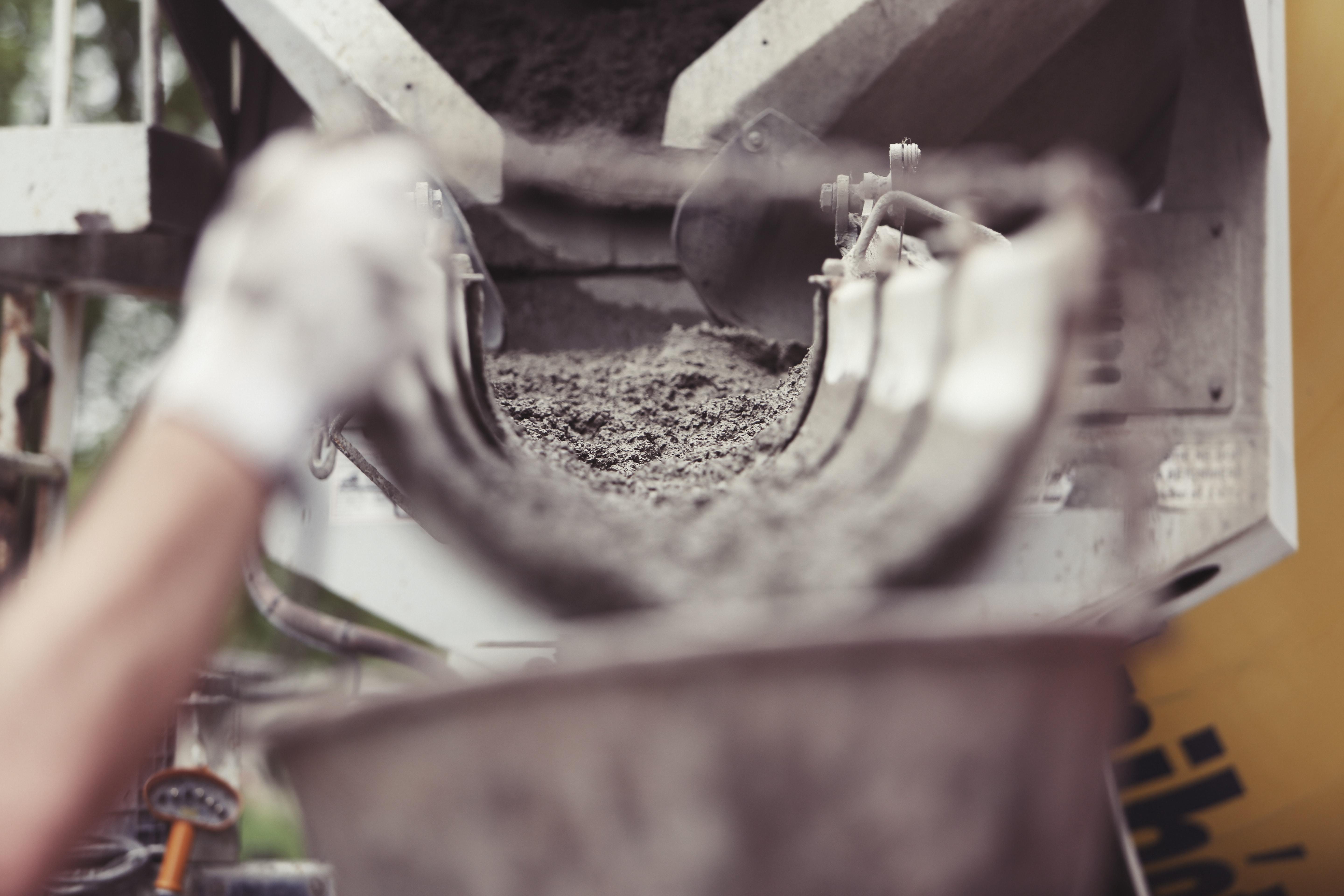Posted on October 22, 2019
Concrete is one of the most widely-used materials in the world; in fact, the US produces 350 million cubic yards of it annually to build roads, buildings, dams, etc.
Additionally, the worldwide production of Portland cement (used to bind concrete together) is projected to increase to 4.4 billion metric tons by 2050. With increased demand and production, there is a growing concern about its rather large carbon footprint – producing this material is an energy-intensive process that emits enormous amounts of carbon dioxide (CO2) and a range of other pollutants.
How can we mitigate cement/concrete production to reduce its environmental impact?

Green Building With Concrete
While there is no denying the environmental challenges of concrete production, it is also true that it can be recycled for other uses making concrete a vital part of the ‘circular economy’.
There has been a paradigm shift in how manufacturers, builders and homeowners approach resource conservation and sustainability – this ‘green concrete movement’ has been known to reduce CO2 emissions.
Here are some considerations for lessening the adverse environmental effects of this building material.
Repurposing / Recycling
Whether it is returned concrete (the unused concrete that comes back to the plant in the mixer truck), or using concrete that is already in place, the product has a variety of uses.
Many concrete producers today “repurpose” their returned concrete in the form of concrete landscape block, retaining wall block, or other precast concrete items. This allows the producer to maximize their production and also enhance their bottom lines.
In-place concrete, such as pavements or building walls, can be crushed and used as a road base, bedding or other granular fill materials.
Consider Using Volumetric Mixers
Volumetric mixers are perfect for small jobs as these don’t produce any washout water or waste.
Also, when you use these to mix concrete on-site, you get fresh batches, and some trucks even offer color dispensers. These machines are a great way to reduce energy consumption but without sacrificing the final quality.
Stay Informed
The Specify Concrete Sustainability page is an excellent place to start if you want to learn more about concrete and green building practices.
For example, the Leadership in Energy and Environmental Design (LEED) Green Building Rating System™ has so far saved more than 80 million tons of waste from reaching landfills. They are also a reliable source of the design and construction of high-performance buildings.
Concrete Improvements
The use of cleaner technologies in concrete production, such as replacing a proportion of cement with fly ash or ground granulated blast-furnace slag and integrating nano-concrete technologies in the mix has solidified the concept of green concrete.
For instance, there have already been successful application cases of recycled plastic for reinforced concrete.
Buildings made with concrete offer peak levels of "whole-life performance" as the industry strives to offer a net positive environmental impact across the lifetime of its products.
The concrete industry is also an essential part of the World Business Council for Sustainable Development's Cement Sustainability Initiative; with this, major stakeholders are now investing in quarry rehabilitation programs to enhance local landscapes and leave a positive impact on the environment.
In Conclusion
More research needs to be done to find ways of reducing concrete’s carbon footprint, but for the time being it is safe to say that the immense benefits it offers, safely offset its impact on the environment.
Adopting specific techniques – like the ones outlined above – will not only be good for the environment but also help builders and manufacturers save money in the short and long term.
